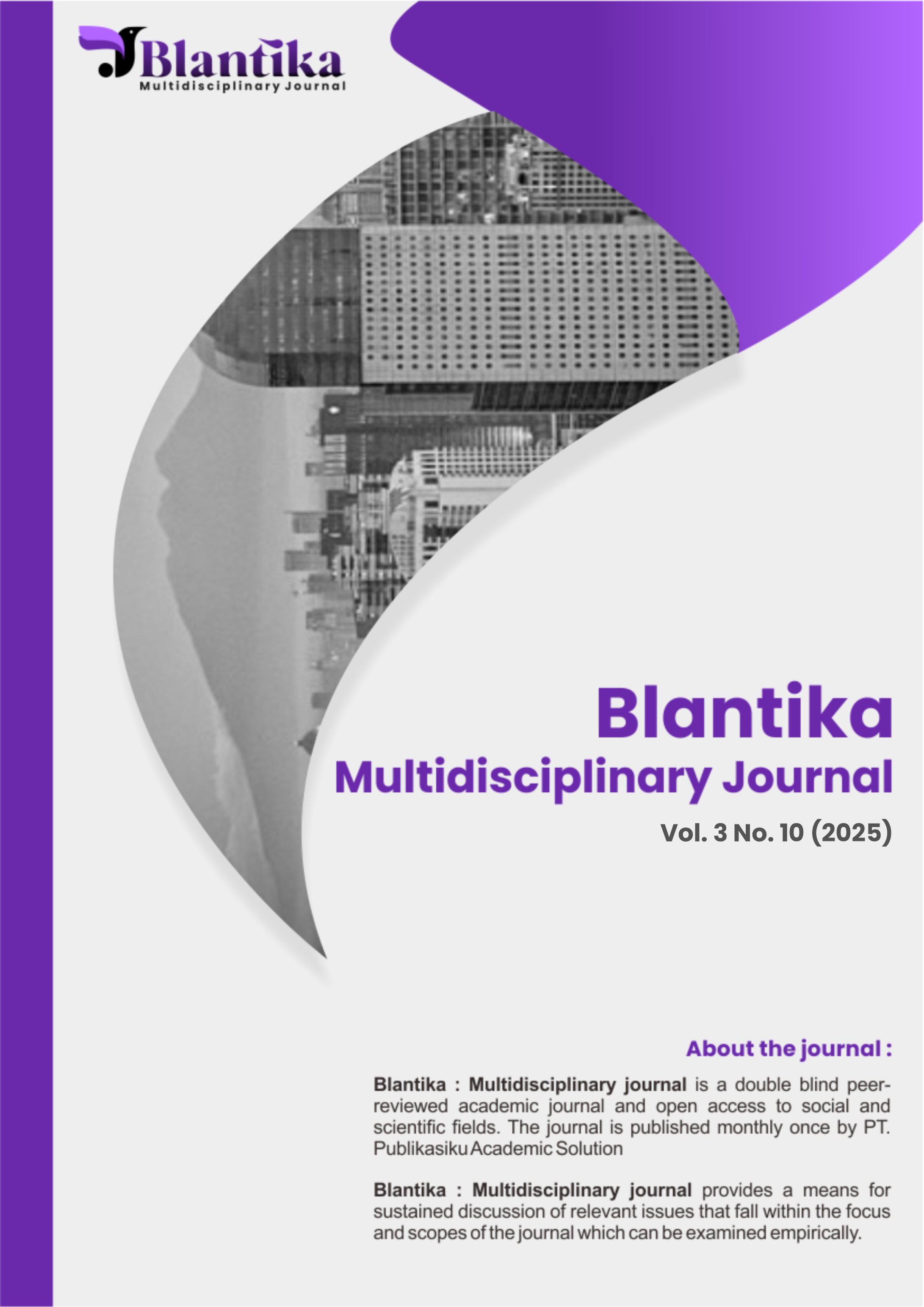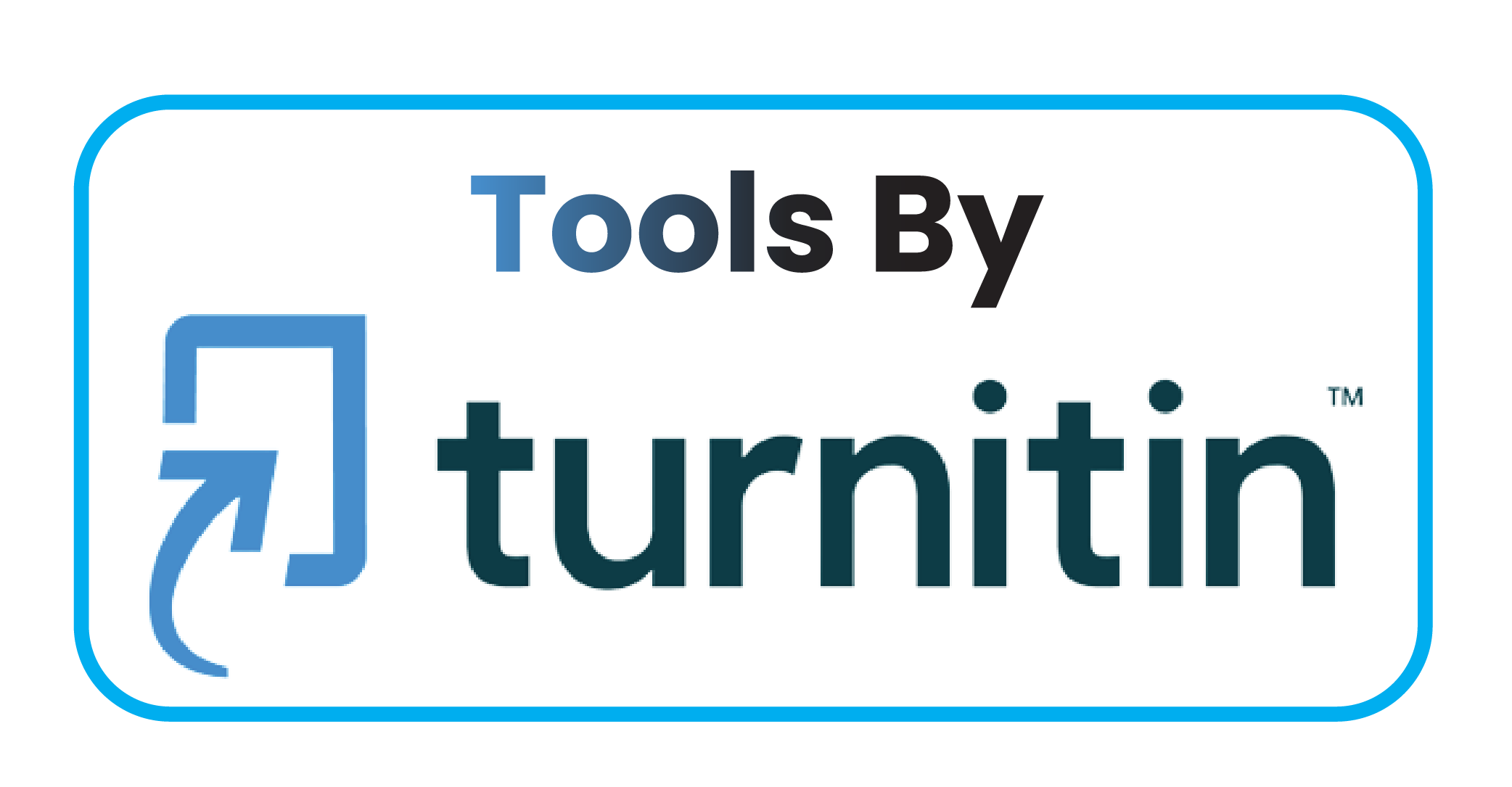Manajemen Quality Control Batubara Seam A, B, dan C pada Pit Pe dan Rom 5pt Priamanaya Energi Lahat Sumatera Selatan
DOI:
https://doi.org/10.57096/blantika.v3i10.427Keywords:
quality control, coal, coal cleaning, seam, pit, ROMAbstract
This study aims to evaluate the management of coal quality control at seams A, B, and C in the Pit and ROM area of PT Priamanaya Energi Lahat, South Sumatra. Coal quality control is crucial to keep product specifications in accordance with company standards, especially in terms of ash, sulfur, and calorific value. The research method used is quantitative descriptive, with data collection techniques through direct observation, informal interviews, documentation, and laboratory data analysis. The quality control activities observed included channel sampling, installation of barrier stakes, visual inspection of coal characteristics, and coal cleaning activities using excavators to clean coal from impurities directly in the pit area. After the coal is transferred to the ROM, quality control is continued through stack separation based on seam quality, where seams A and B are stacked in the ROM of block A, while seam C which has a higher sulfur content is placed in the ROM of block C. This process also includes handpicking, resizing activitiescoal measuring >30 cm, as well as new dumping monitoring to prevent contamination between piles. The results of the analysis showed that seams A and B were of better quality than seam C, with lower ash and sulfur content and higher caloric values. Quality control management from Pit to ROM has proven to be effective in maintaining coal quality, especially when each stage of supervision is carried out based on the characteristics of each seam. Pile separation, corrective actions in the field, and visual supervision are key in preventing mixing and degrading coal quality.
Downloads
Published
Issue
Section
License
Copyright (c) 2025 Rizkinia Afifatuz Zahroh, Ridho Yovanda, Aris Susilo

This work is licensed under a Creative Commons Attribution-NonCommercial-ShareAlike 4.0 International License.





